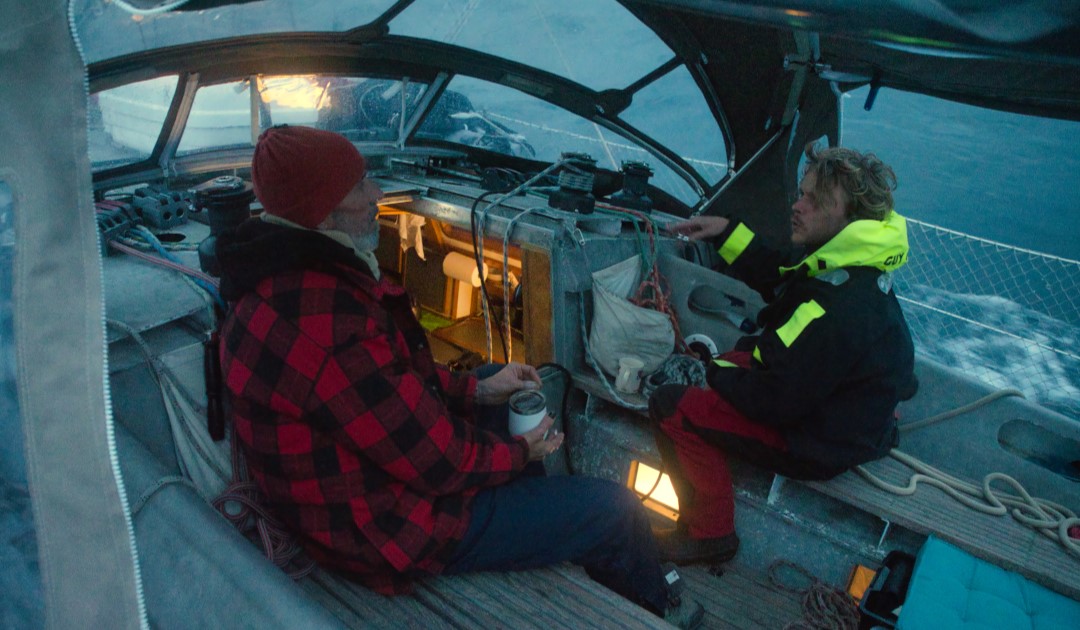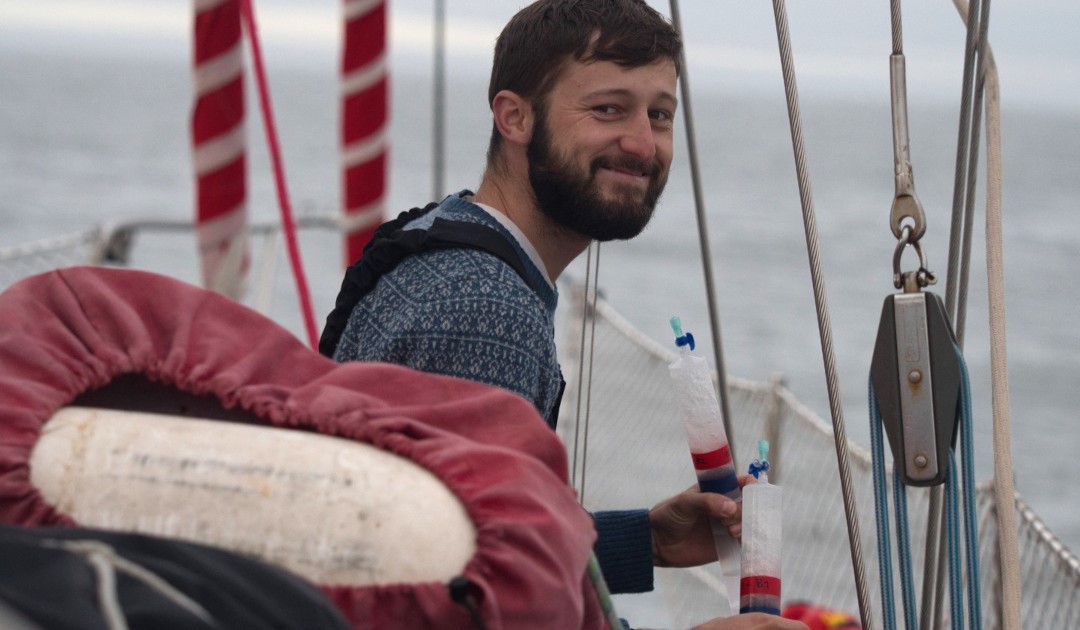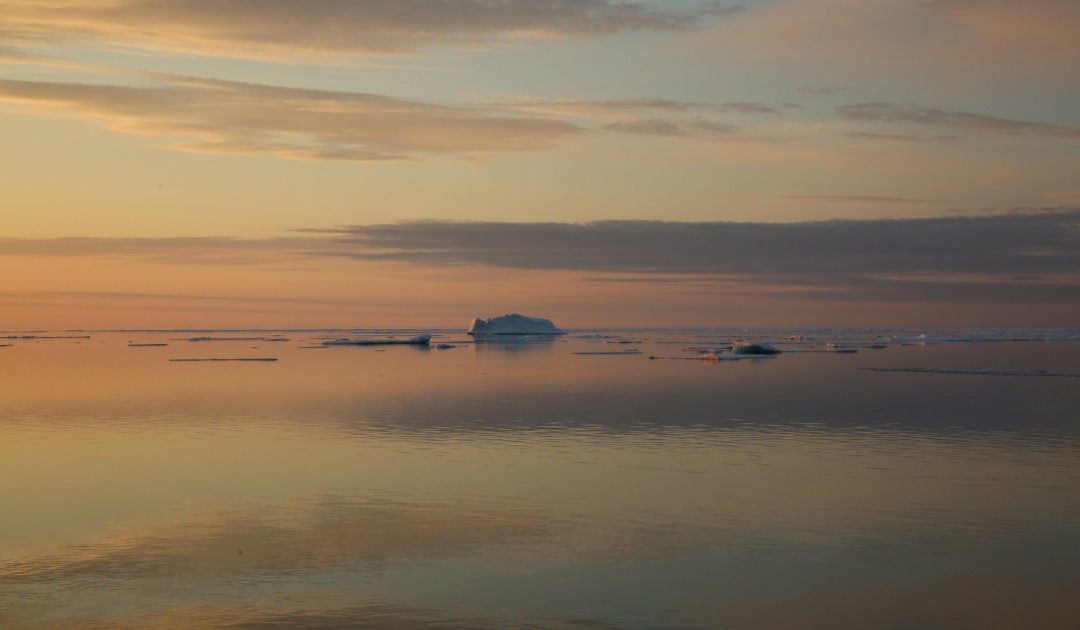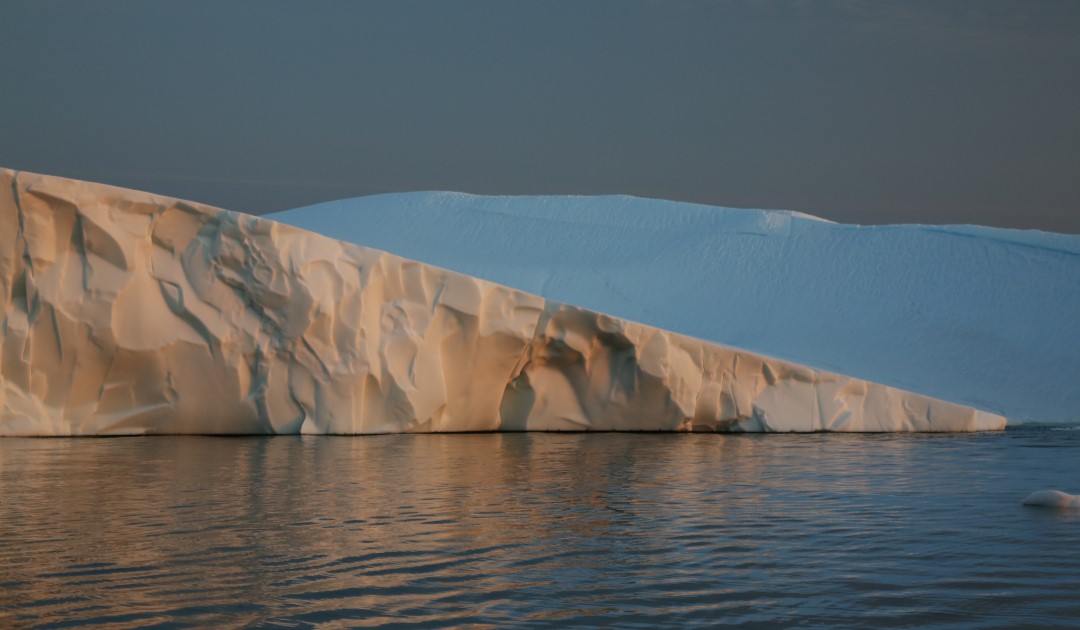
The Que Sera has been taken over by Pacifique, a Geneva-based foundation that combines science, education and art on board its sailing ships. They have just crossed the Canadian Arctic, with its tortuous seas, ice and gale force winds.
Between sea, land and ice, the Que Sera has zigzagged its way through the many islands, peninsulas, inlets and straits of the part of the Arctic from Pond Inlet to the Beaufort Sea, between Lancaster Sound and Banks Island. Choosing not to follow Amundsen’s trail through Peel Sound, they opted instead for the Prince Regent Passage.
“We had ice blockages during the first part of the crossing, before it cleared after the Bellot Strait,” explains Pere Valera Taltavull, the yacht’s captain.
So, at the start of the voyage, an ice-filled sea delayed them a little as soon as they arrived in Pond Inlet on 28 July, after crossing the Baffin Sea in fog. They were forced to anchor opposite the port, in the shelter of an island, as the entrance to the channel was blocked. “Ever since the Upernavik in Greenland, everyone had been saying that this was abnormal for the season,” he adds.
“We waited in the town until the boat could return,” explains Paul Molineaux, a student at the University of Geneva. “We stayed with locals because the hotel was full and there was a meeting to manage an iron mine.”
Meanwhile, the Pacific sailors were on the lookout for the slightest opening to sail to Pond Inlet for a stopover, and the same to leave again. The scenario was repeated in Bellot Strait the following week, except that this time the ship was sailing between Prince Regent Inlet and the Gulf of Boothia, close to the channel.

“We saw quite a few Greenland whales while we were waiting,” says Pere Valera Taltavull. “The drift was good with good weather, despite a forecast change in the weather. If the strait hadn’t opened, we would have had to plan an anchorage. After a day, we started to slalom in spite of everything and we got through.”
Then, just after passing Bellot, the sea became abnormally clear. Data from the National Snow and Ice Data Center recorded a melt rate that was 17% faster than average during the first fortnight of August 2023. So much so that the southern routes of the Northwest Passage were almost completely free of ice.
“On board, we monitored CO2, methane and water temperature throughout the journey. I was astonished to see very large variations in temperature, from -1 to 10°C. There were also more rapid changes, when we were in areas close to land, with an amplitude of 5 to 6°C,” notes the young researcher.


“The pack ice slowed us down at the beginning, and we missed a stopover because of the Yellowknife fires. In the Arctic, it’s difficult to plan field research from an office, so you can’t take it lightly”, he assures us on his return from his mission in Geneva, where the water and air samples will be analysed this year.
After Bellot, the ice gave way to wind. One low-pressure system followed another. The wind and warmer water opened up the straits. Every time there was low pressure, the crew went to anchor, as they did in Pasley Bay. “The anchorages were magnificent,” agrees the captain. “Our ice guide Christian Dumard recommended some shelters that weren’t necessarily listed.” From the boat, they saw Arctic wolves, bears and caribou.

“The hardest part is making the decision,” explains Léa Dillard, sailor at Pacifique. “Knowing when to wait for the right moment, and going for it. Because the ice moves very quickly. Sometimes it comes down to a matter of hours. To be in the right place at the right time, you have to look at the different options and make assumptions based on the ice, so that you can stick to your timing. Sometimes it’s a matter of 20 miles.”
As the coast is flat, it doesn’t really influence the wind. “The wind wasn’t too strong, gusting to 35 knots. A bit of a Venturi effect, but there were mainly lows. If it was westerly, you had to motor. But if it was broad reach, it was a real gift.” add the captain.
The yacht made a detour along a ragged stretch of coastline, at the site of the sinking of the Erebus. “It’s at a depth of 12 metres, so we approached it with the dinghy,” explains the captain. On board the Que Sera, as well as monitoring greenhouse gases, the Beyond Her Horizons project is tracing the lives of Inuit and Canadian women who have been forgotten by the history of Arctic exploration.
After passing through numerous straits, the Beaufort Sea opened up before them at the end of August, before they arrived in Tuktoyaktuk on September 4. At the diesel pontoon, a beluga whale came within three metres of the boat during the provisioning and crew change, before the yacht continued on its way to Nome and Kodiak Island to spend the winter.
Camille Lin, PolarJournal
The eye of an onboard photographer : Léa Dillard, Pacific sailor :

I took these photos to try and capture the emotions that fed me during this voyage. In the end, the frame wasn’t important, given the atmosphere I wanted to capture. What struck me about this expedition was the communion that developed with the ‘ice’.
When the sea seems to give way to the ice, a gentle, silent atmosphere sets in. The sea becomes a mirror where everything seems peaceful and landmarks are diluted. Another world is born. Boundaries no longer resonate, the sky melts into the sea, giving the ice an unparalleled elegance. It takes shape and develops a multi-faceted beauty under the power of the light and the different angles of view. You develop a new way of looking at things, so different are your perceptions.

The catching of the light brings out an aestheticism that ranges from pure geometry to jumbled clusters of textures, tones and colours. The appearance of the ice creates a permanent spectacle. Then the fog becomes part of the story. It creates a sense of surprise and vigilance. Any appearance in the fog sharpens the eye and makes you more attentive to your surroundings.
I let myself be carried along and tamed by the interplay of materials, between transparency, opacity and roughness. It positions you as a spectator and leads you into a form of endless contemplation, captivated by the charm of the North.
In this fascinating world, as a sailor, you have to slalom, find your way, but above all know how to wait and not hesitate when it’s time to move on.
Learn more about this topic:





